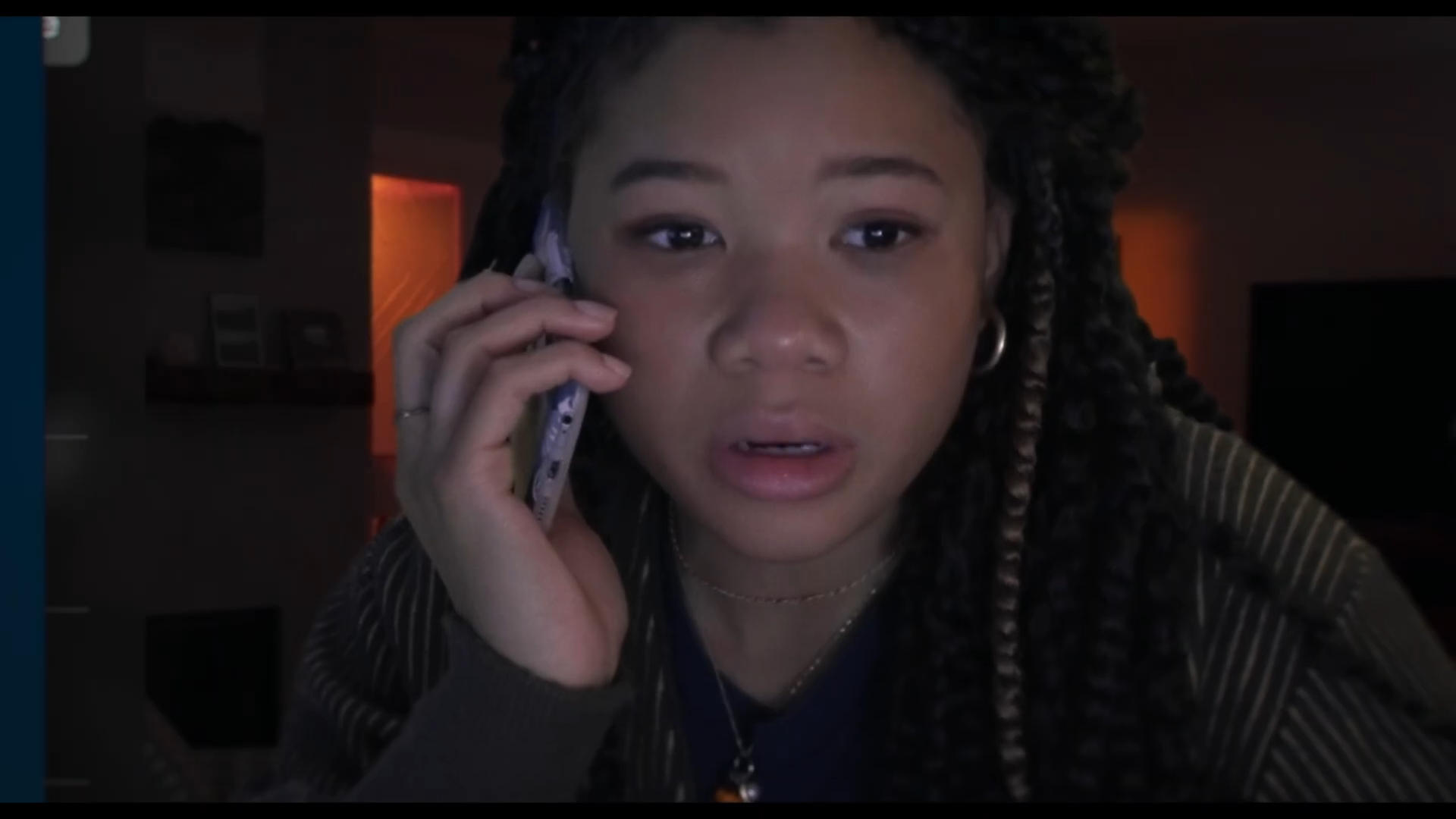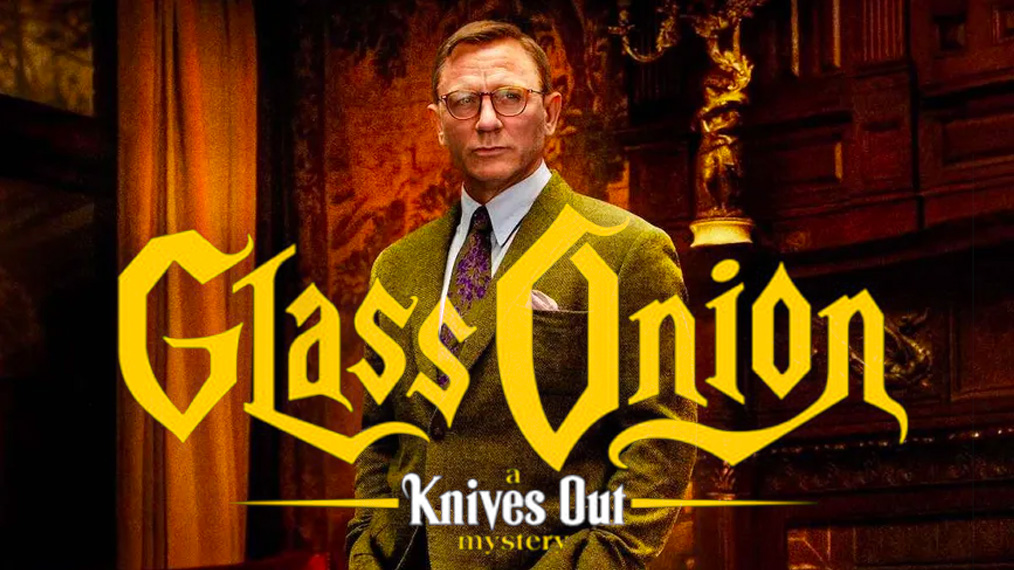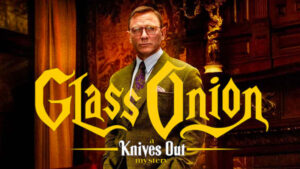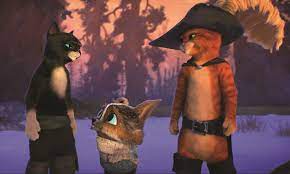Missing
Posted on January 19, 2023 at 4:31 pm
B +| Lowest Recommended Age: | High School |
| MPAA Rating: | Rated PG-13 for teen drinking, some strong violence, language, and thematic material |
| Profanity: | Strong language |
| Alcohol/ Drugs: | Teen drinking and drug use |
| Violence/ Scariness: | Intense peril and violence, domestic abuse, characters injured and killed |
| Diversity Issues: | Diverse characters |
| Date Released to Theaters: | January 20, 2023 |
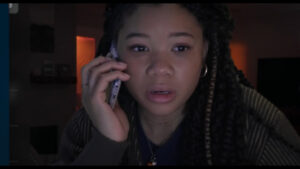
Once again, a frantic family member is searching for someone who has gone out of contact, and the contrast between the omnipresent information available online and the unsolvable absence is immediately absorbing. And as in the first one, we are dealing with a single parent and a child who is still mourning the one who has died. June (an excellent Storm Reid) is 18, and perhaps a bit too eager to get her mother, Grace (Mia Long) out of town, though she is not a fan of Kevin (Ken Leung), the man who is taking Grace on a vacation trip to Colombia.
As she is getting ready to leave, we see Grace on FaceTime, trying to give her daughter some vital information — who will be checking in on her, where the emergency money is, when to pick them up on their return. We can see that June is feeling smothered via the avatar she has for her mother’s profile and via the nonsense, with a few OMGs, she types after Grace tells her to take notes.
And then, amusingly, we see June getting that emergency money and doing searches for things like cheap ways to get drunk, to put on a party for her friends. It is such a success that she almost misses that pick-up at the airport. But Grace and Kevin are not there. And June has to figure out how to search for her mother 3500 miles away.
As promised, I am not going to spoil the deliciously surprising twists and turns of the storyline. I’ll just say that they are very clever, and the filmmakers made the most of the technology’s ability to show us what June is thinking as she starts to type something and then backtracks and changes her mind, whether it is finding a Taskrabbit who fits her budget (a terrific Joaquim de Almeida), filling out a State Department missing person report, or hacking someone’s accounts. This film proves that the screen-told story is not just a gimmick but an intiguing new tool that opens up many new opportunities for imaginative story-telling.
Parents should know that this movie includes criminal activity, peril and violence with characters injured and killed, drug use, strong language, and teen drinking.
Family discussion: What clues did you pick up from June’s screen before she did? Who did you suspect? Will this movie make you think about online access differently?
If you like this, try: “Searching” and “Modern Family’s” “Connection Lost” episode, also all on computer screens.

